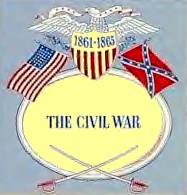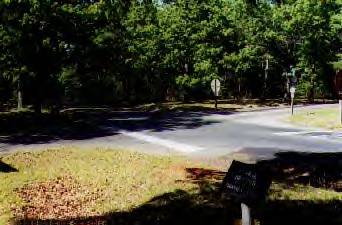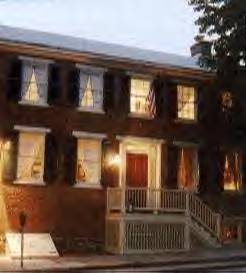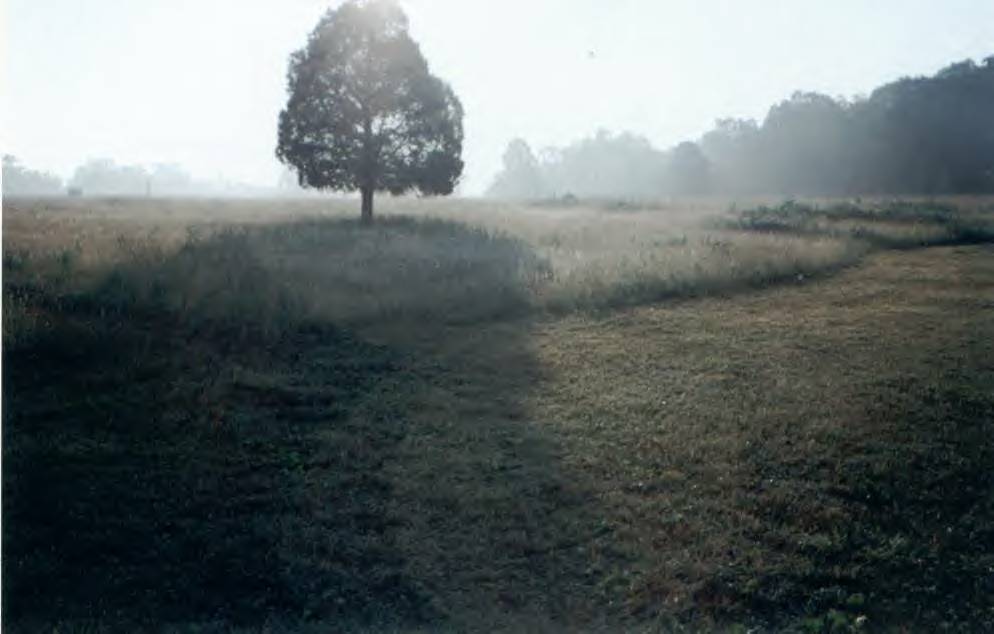|
Antietam 1st Battle of Manassas 2nd Battle of Manassas Fredericksburg |

Early in the morning on May 5, 1864 both the Army of the Potomac and the Army of Northern Virginia found themselves marching thru the gloomy wilderness of Northern Virginia. By mid morning the two massive armies had begun probing each others positions and battle seemed eminent. During these mid morning hours Union Commander General U.S. Grant realized that the important intersection of the Orange Plank and Brock roads lay guarded by only a small force of cavalry. This intersection proved vital because if gained by the Confederate forces General Hancock's entire II Corps would be cut off from the rest of the Federal Army. Additionally, The Brock Road would give the Confederate forces easy access to the exposed Federal flank. Grant Immediately detached three brigades of General George Getty's VI Corp Division and hurried them to the Brock/Plank Road intersection. As the "Old Vermont Brigade" and their comrades raced to the intersection, General A.P. Hill's entire Corp advanced up the Plank Road quickly pushing back the Union Cavalry defending the road.
Somewhere between 11:00 and 11:30 AM the three brigades reached the crucial intersection, The Vermonters filing to the left (South) of the Plank Road and quickly erecting breastworks. Getty's other two brigades filed to the North of the Plank Road. Scant moments after their arrival the last elements of the Union Cavalry passed thru the intersection being pushed by Hill's men. The Vermont Brigade advanced a short distance and was met with heavy fire. Although there were mere yards apart, the Vermonters found themselves firing at an unseen foe. The heavy timber, brush, and the growing battle smoke made it impossible to see more then a few feet. The firing in their front increased in intensity, but the brigade held fast against heavy odds. The men hunkered down behind trees and rocks returning the enemy's heavy fire. Finally somewhere about 2:00 PM elements of Hancock's II Corp began to arrive and a lull in the fighting took place as both armies began to reform their lines.
Just after 4:00 PM the "Old Vermont Brigade" was ordered to advance again. With Getty's other two brigades the Vermonters advanced thru the tangled brush towards the unseen foe. After advancing a very short distance they were met with a blast of musket fire. Once again they stood and fought unable to advance against the superior fire power. By 5:00, Hancock's men had joined the advance. The II Corps brigade to the Vermonter's left began to give way. The Green Mountain Men were now the most advanced unit in the Union army, and it's left flank was unprotected. Still the men stood and fought refusing to give ground. The men were running low on ammunition, and their ranks began to thin at an appalling rate. On some parts of the line there was hardly an officer left to guide the men. The fighting was so confused that Vermonters also took several casualties from Union Cannons posted on the Plank Road supporting the attack. As the slaughter continued, troops from the II Corp moved up to relieve the brigade, and they were finally ordered to retreat back to the breastworks at the Brock/Plank Road intersection. The 5 Vermont regiment actually charged the enemy buying time for the other Vermont regiments to retire. Finally, nearly surrounded and taking fire from three directions the men of the 5 raced back to the intersection. The brigade's work for the day still wasn't done. The Confederates continued to feed fresh troops into the fray, pressed the II Corps back, and attacked and took some of the breastworks along the Brock Road. Also captured were the very union guns that had mistakenly inflicted casualties on the brigade. Union troops including members of the Vermont Brigade made a counter charge and retook the cannons and the breastworks.
Finally, May 5 drew to a close. The II Corps was reunited with the rest of the Union army, and intersection lay in Federal hands. The "Old Brigade" had once again lived up to its reputation. They had advanced thru the tangled brush and forced a stand off with a much larger body of the enemy. When they became isolated and almost surrounded they still refused to budge until ordered to retire. The vital intersection was bought and paid for largely with the blood of the Vermonters. By evening 1000 Vermont boys lay dead or wounded. Because of the dry nature of the forest the brush had caught fire in places. Many of the wounded lay helpless in agony in the no man's land between the two armies. The weary men Of Getty's Division now formed the second line of the Union position.
At daylight the Union Army advanced Westward from the Brock/Plank intersection. Men from the II Corps made up the first line of attack, with the Vermonters and the rest of Getty's men in support. As the men advanced they passed by many of their dead and wounded comrades, casualties from the day before. The attack was successful and Hill's Confederates were quickly pushed back over a mile until the Northern troops were within site of Confederate Commander Robert E. Lee's headquarters. Being in support the Vermont men took very few casualties during the advance. The attack started to stall and Col. Grant found his men resting near some breastworks that the Southern troops had constructed the day before. Grant ordered his men to rest behind these works. Suddenly the tide of battle turned. The Confederate corp of General James Longstreet had arrived on the field and began to push the Federals back. The II Corp lines in front of the Vermont Brigade began to break, and in a few minutes L.A. Grant and his Vermonters once again found themselves the in the front lines facing a vastly larger body of men. The Confederates charged several times and were driven back from the brigade's front. Finally, once again taking fire from the front and both flanks, the Vermonters fell back to their breastworks at the Brock/Plank intersection. The struggle for the intersection continued. Although the heaviest fighting was not in their front the "Old Brigade" helped to repulse the final Confederate advances.
As the day of May 6 ended the Battle of The Wilderness drew to a close. Vermont left over 1240 of her sons dead or wounded in the horrible forest. One of her regimental commanders was dead and two more lay mortally wounded. Two others received wounds severe enough that they had to leave the field. The Union Army of Potomac had 32 brigades of infantry engaged in the Wilderness yet Vermont's one brigade suffered nearly ten percent of the army's total casualties.
A few days later from the battlefield in Spotsylvania Lewis A. Grant so eloquently stated in his report of the Battle of The Wilderness:
"It is with a sad heart that I inform you of so great a loss of Vermont's noble sons, but it is with a certain pride that I assure you there are no dishonorable graves. The brigade has met the enemy in his strongholds, attacked him under murderous fire, and in the very face of death has repulsed with great slaughter repeated and vigorous attacks on our lines, and on no occasion has it disgracefully turned its back on the foe. The flag of each regiment, though pierced and tattered, still flaunts in the face of the foe ... "
" I remember when this site started out as a three page Gettysburg site. Man has it grown! Great Job quot;Joe Willis--Scottsdale,AZ "This is a website for the ages!!"Bob Bullerton--Willows,CA. "I just sit here at my computer,chew on some hardtack and enjoy this site."Tico Carfello--Bronx, NY
Copyright © 2001-2004,Gettysburg Battlefield Online
|





